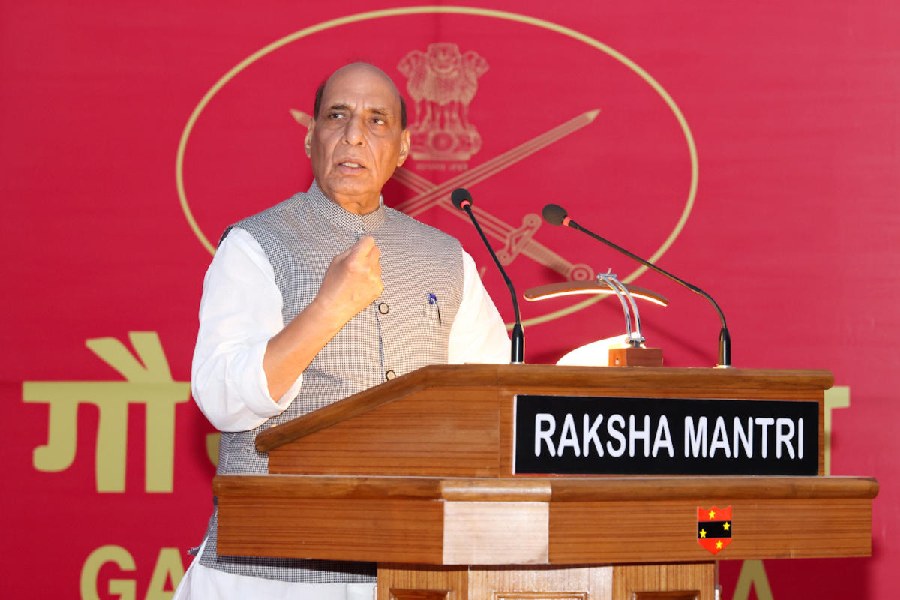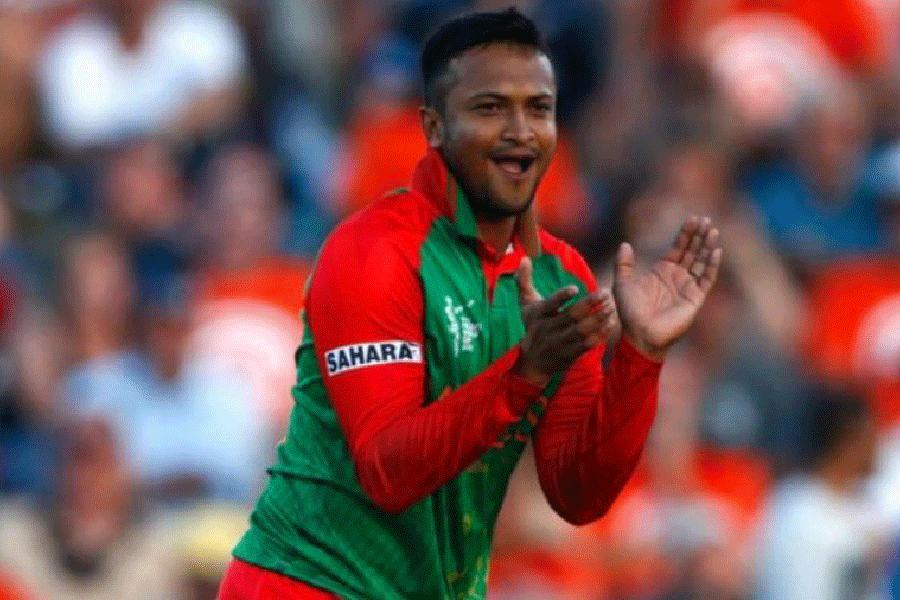Irrigated green areas and rooftop gardens in urban landscapes may please the eyes but are likely to exacerbate extreme heat stress, Indian scientists have cautioned after a study that has revealed how irrigation worsens moist heat.
The scientists at the Indian Institute of Technology, Gandhinagar, have shown in a study that the combination of high temperatures and high humidity resulting from irrigation can exacerbate “moist heat stress” which they say is harder to deal with than dry heat.
Their research, published on Monday in the journal Nature Geoscience, has shown that although irrigation can cause the land surface to cool, it also leads to substantially higher surface humidity, increasing moist heat stress.
“Moist heat, the kind that causes mugginess, is worse than dry heat,” Vimal Mishra, an assistant professor of civil engineering at IIT Gandhinagar, told The Telegraph. “You can beat dry heat by drinking water and cooling yourself. But water doesn’t help much in high levels of moist heat.”
Mishra and his colleagues have found that intensive irrigation across the Indo-Gangetic plains cools the land surface by 1°C and the air by 0.5°C. But the decreased heat from the irrigation alters the layers of air near the surface, increases humidity and adds to the moist heat stress.
The scientists have also pointed out that green roofs and green urban areas that require irrigation can increase surface humidity and worsen extreme heat stress conditions, especially under warm climates.
The findings suggest that any increase in the irrigated areas in urban and agricultural rural regions could worsen extreme heat stress. “In the tropics, where humidity is high, green roofs and irrigated lawns can make the moist heat stress worse,” Mishra said.
Mishra said the findings were surprising. “We did not expect irrigation to play such a strong role in lowering the dry heat and elevating heat stress through moist heat,” he said. “The combination of irrigation and climate warming could lead to rise in heat stress in India in the future.”
The researchers say their work underscores how human land use to increase food production has impacts on temperature and thus on health.
Their findings also suggest that irrigation in the Indo-Gangetic plains also contributes to extreme heat in Pakistan and Afghanistan through the transport of moisture in the lower atmosphere.
Earlier studies have suggested that heat waves have increased significantly across India over the past decades, likely contributing to increase in heat stress-related deaths. Thousands of people have died across the country over the past two decades under extreme heat stress conditions.
In 2010, more than 1,300 people had died in Ahmedabad city alone, prompting the city authorities to develop a “heat action plan” to mitigate the impacts on health.
The plan involved establishing an early warning system and bolstering local healthcare workers’ capacity to manage heat-related illnesses.











